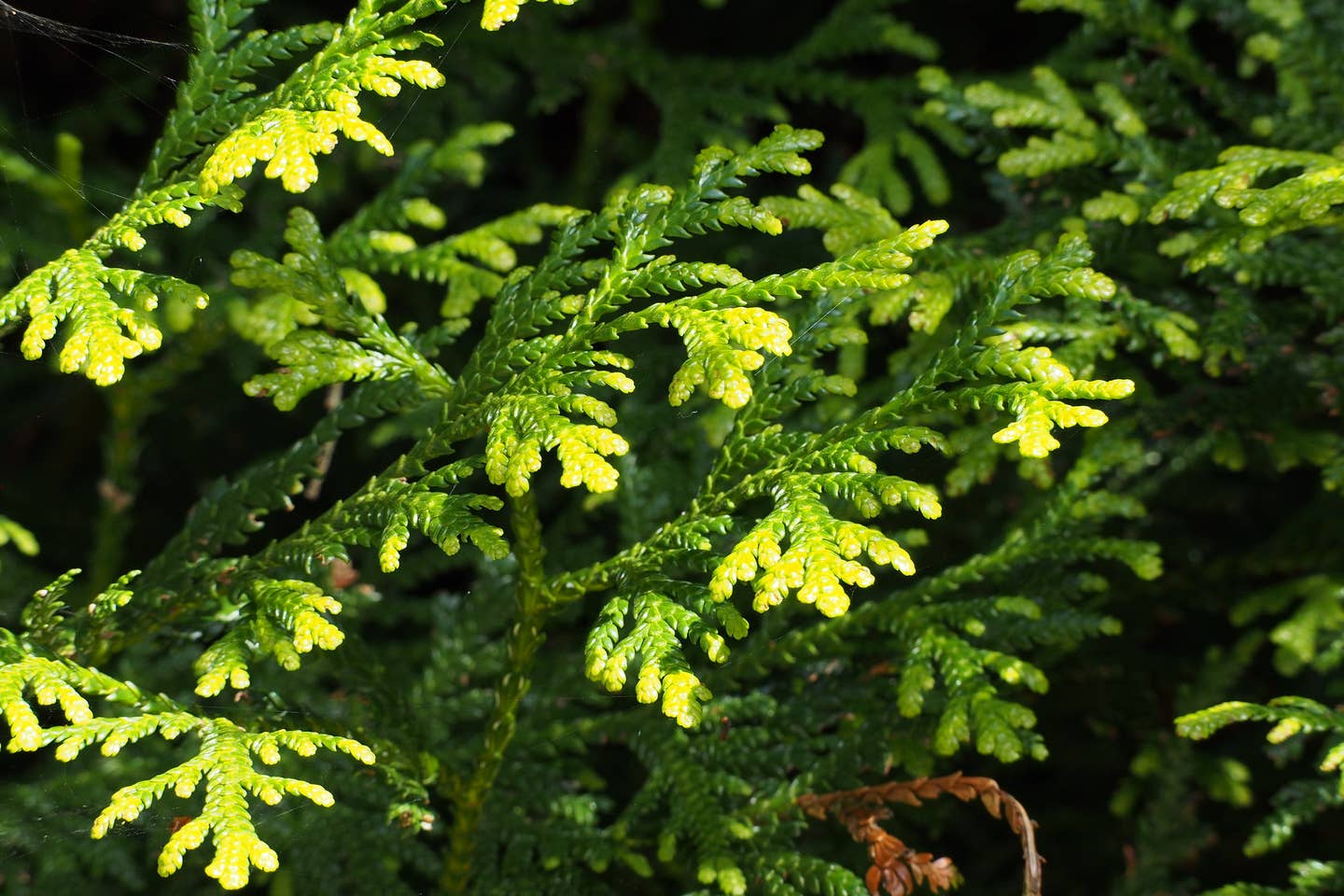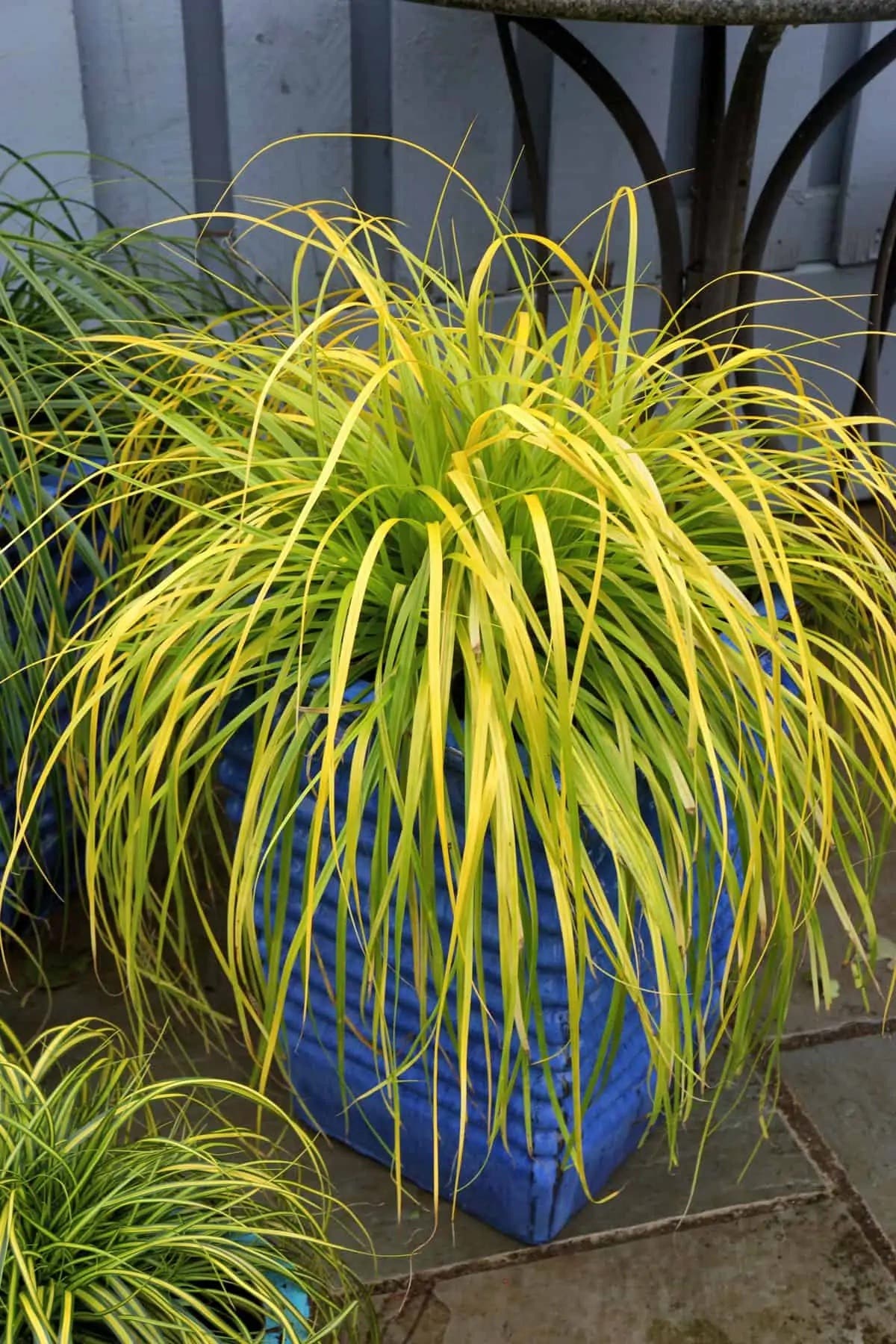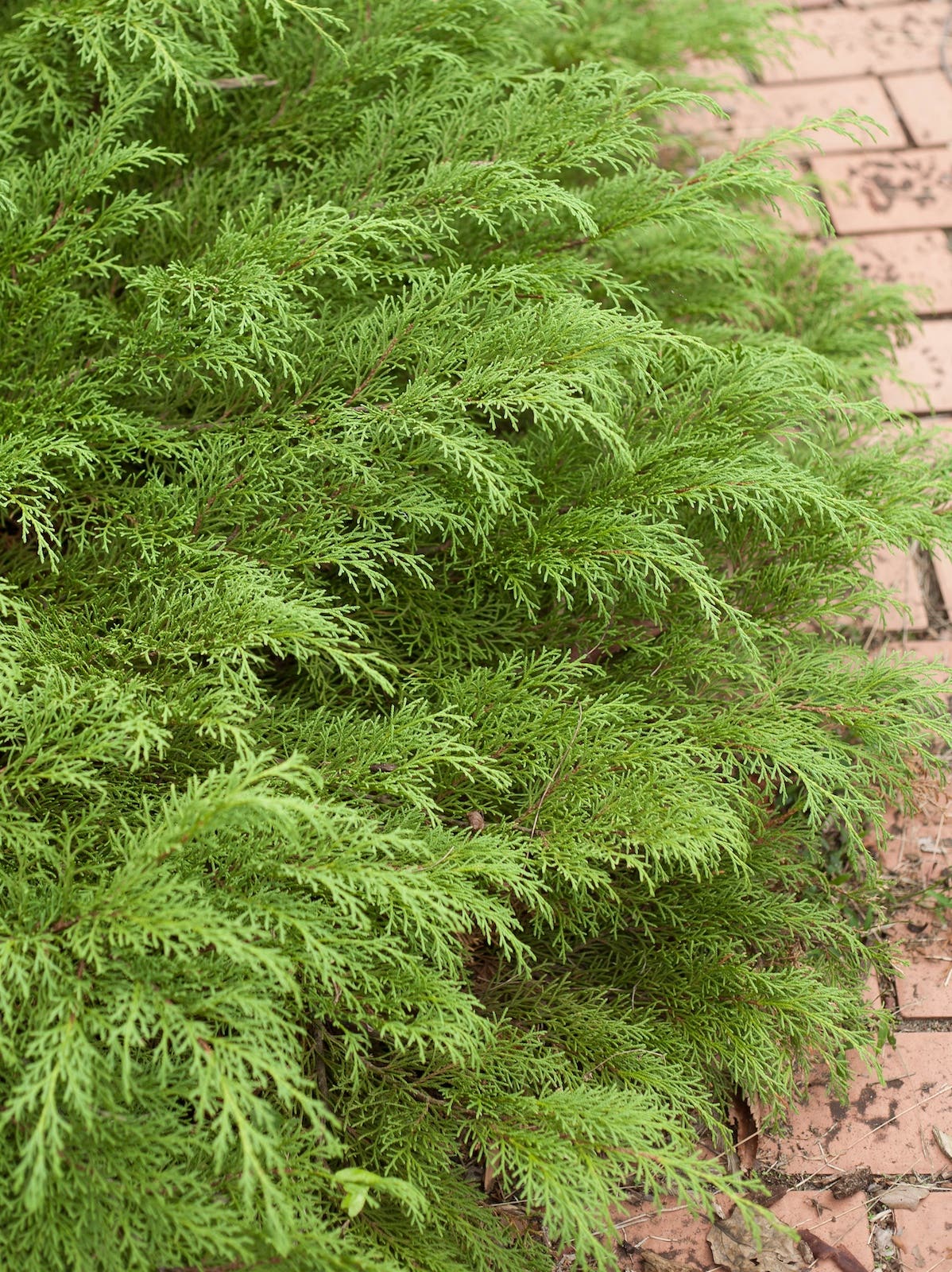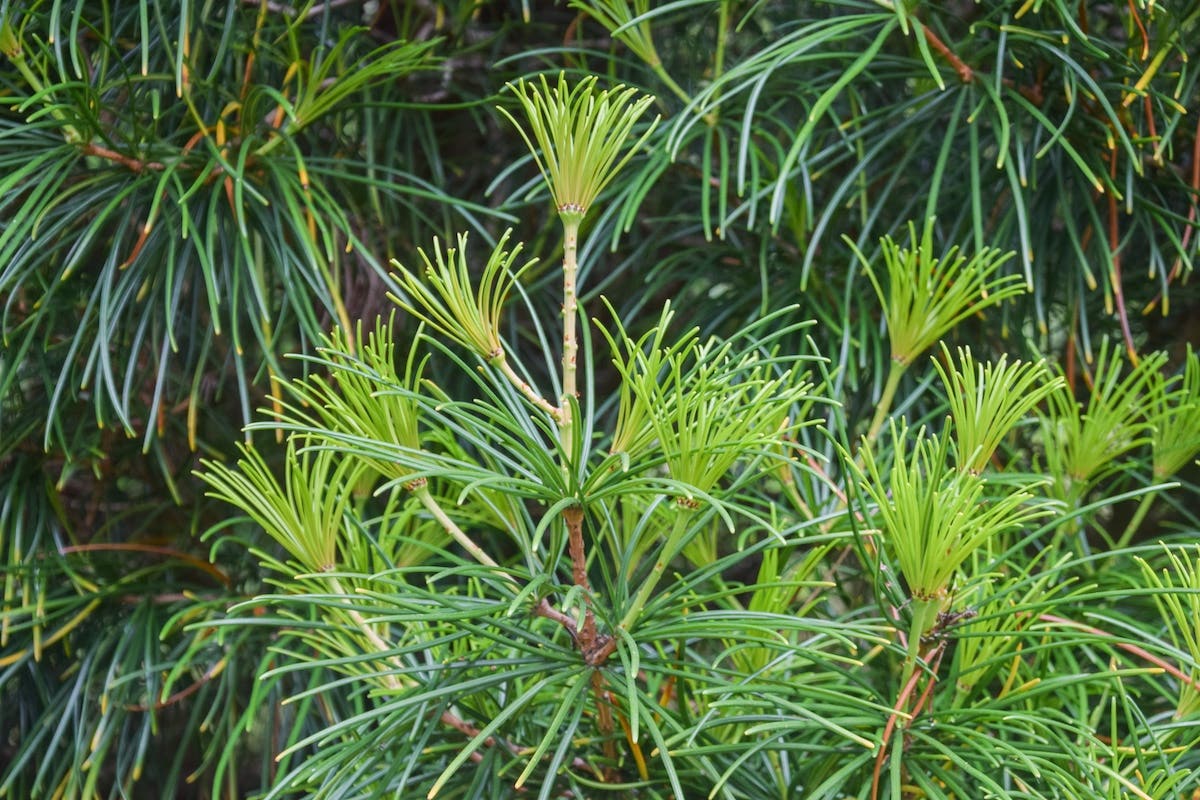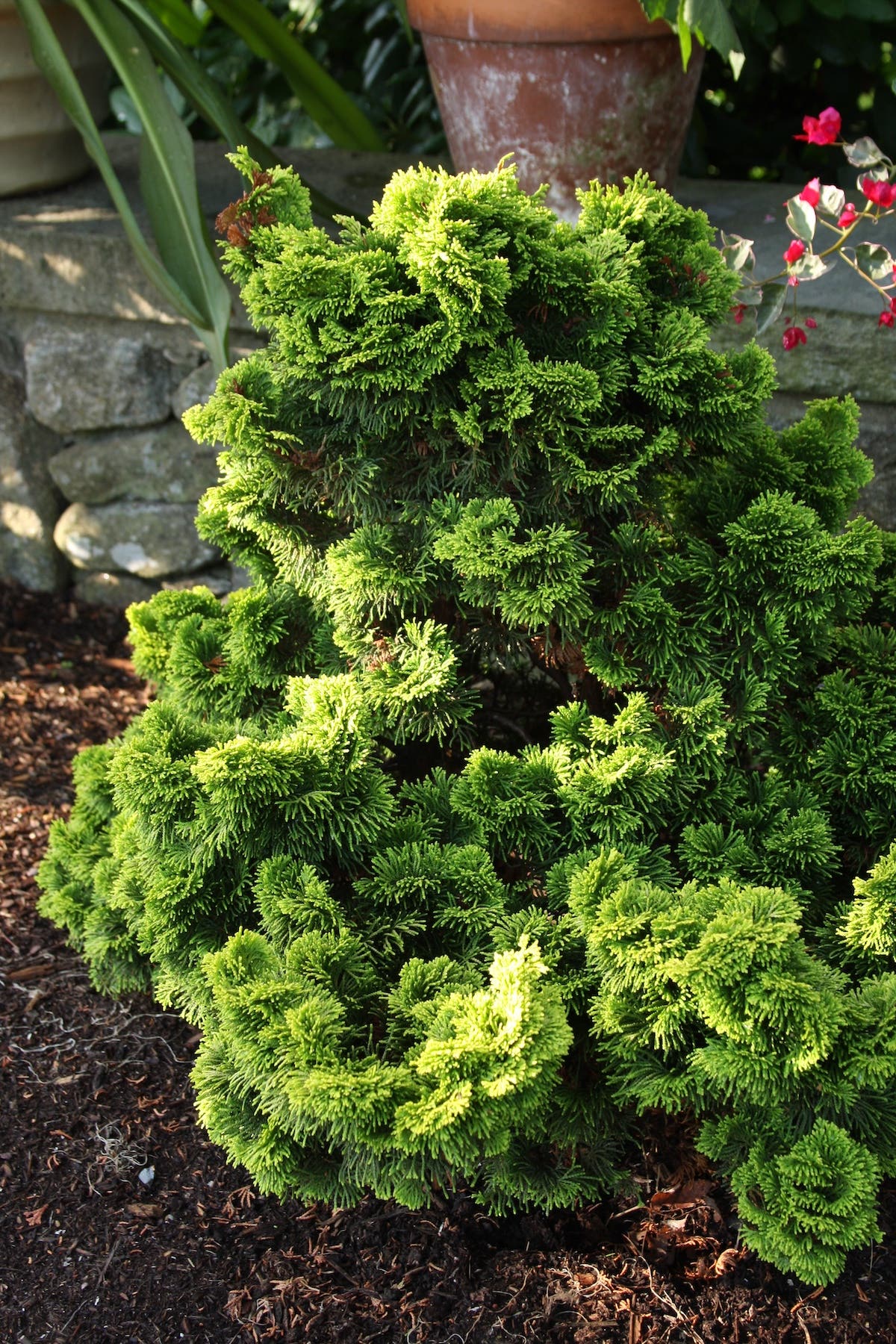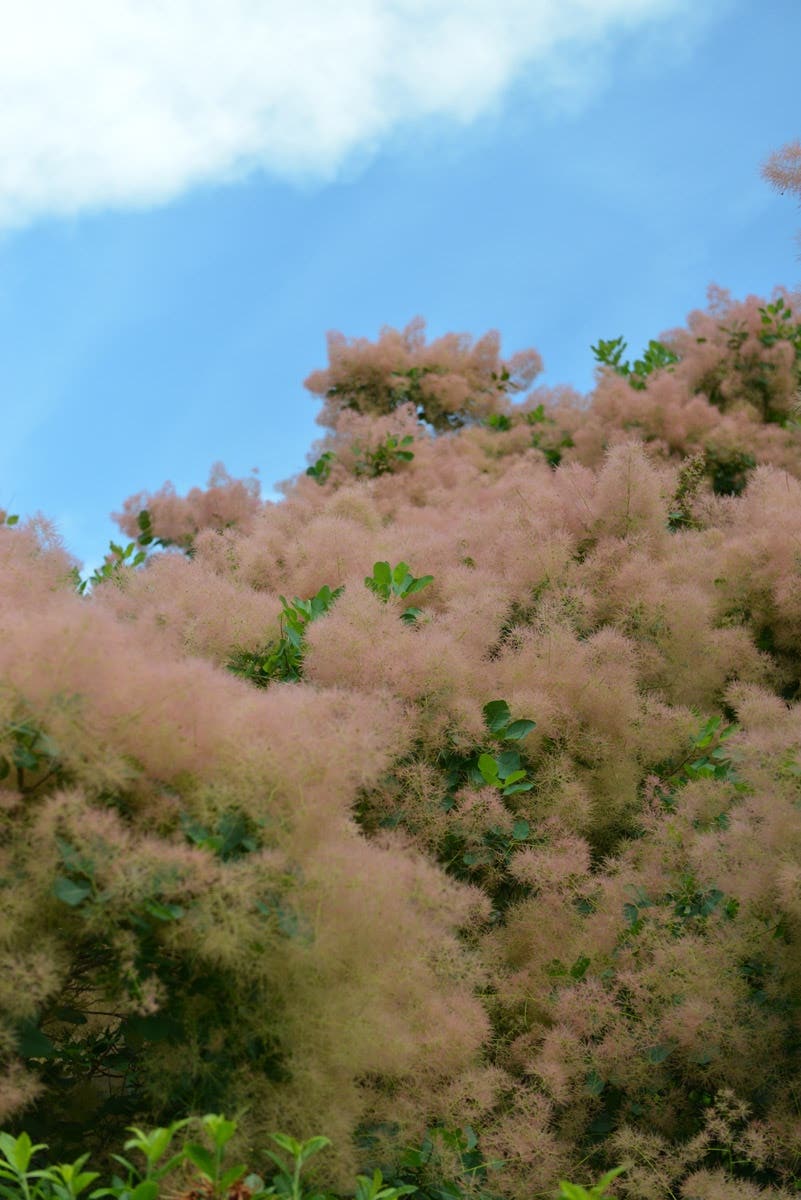Plant Gold Crest Caryopteris for Bright Summer Foliage and Blue Fall Flowers
A must-have plant for autumn
Blue autumn flowers follow a summer of consistent gold-green foliage on this compact bluebeard, Caryopteris 'Gold Crest'. A low-growing deciduous shrub, 'Gold Crest' resists deer and rabbits, tolerates moderate drought once established and fits easily amid other shrubs and perennials.
Common name: 'Gold Crest' bluebeard, 'Gold Crest' caryopteris
Botanical name: Caryopteris x clandonensis 'Gold Crest'
Exposure: Full sun to part sun
Flowers: Rich blue tubular flowers appear along the tips of the stems from late summer into autumn. The individual flowers are small, but they're held in dense clusters on every branch, making for a powerful display. Bees and other pollinators visit bluebeard for its late flowers.
Foliage: Caryopteris 'Gold Crest' has small, lobed leaves with an oaklike shape. The leaves emerge a bit later in spring, showing a bright chartreuse color. Their sunny yellow tint persists throughout the summer, even in strong sun. They provide beautiful contrast to the plant's blue flowers in early fall.
Size and habit: This bluebeard reaches two to three feet tall and wide, with a mounded shape.
Origin: Caryopteris x clandonensis is a hybrid between two Caryopteris species, both native to central and Eastern Asia. This hybrid first occurred naturally in an English garden in the 1930s; many named selections of C. x clandonensis have been bred and introduced to the nursery trade since then. 'Gold Crest' was introduced by Darwin Perennials in 2019.
How to grow it: Plant 'Gold Crest' bluebeard in full to part sun and average soil with good drainage. Water regularly while it is getting established. After its first season in the garden, it can tolerate dry spells but will suffer in extended drought. To control size and encourage branching that results in heavy bloom, cut the stems back hard in early spring. Caryopteris produces flower buds on the year's new growth. USDA Zones 6–9.
Images courtesy of Ball Horticultural Company


